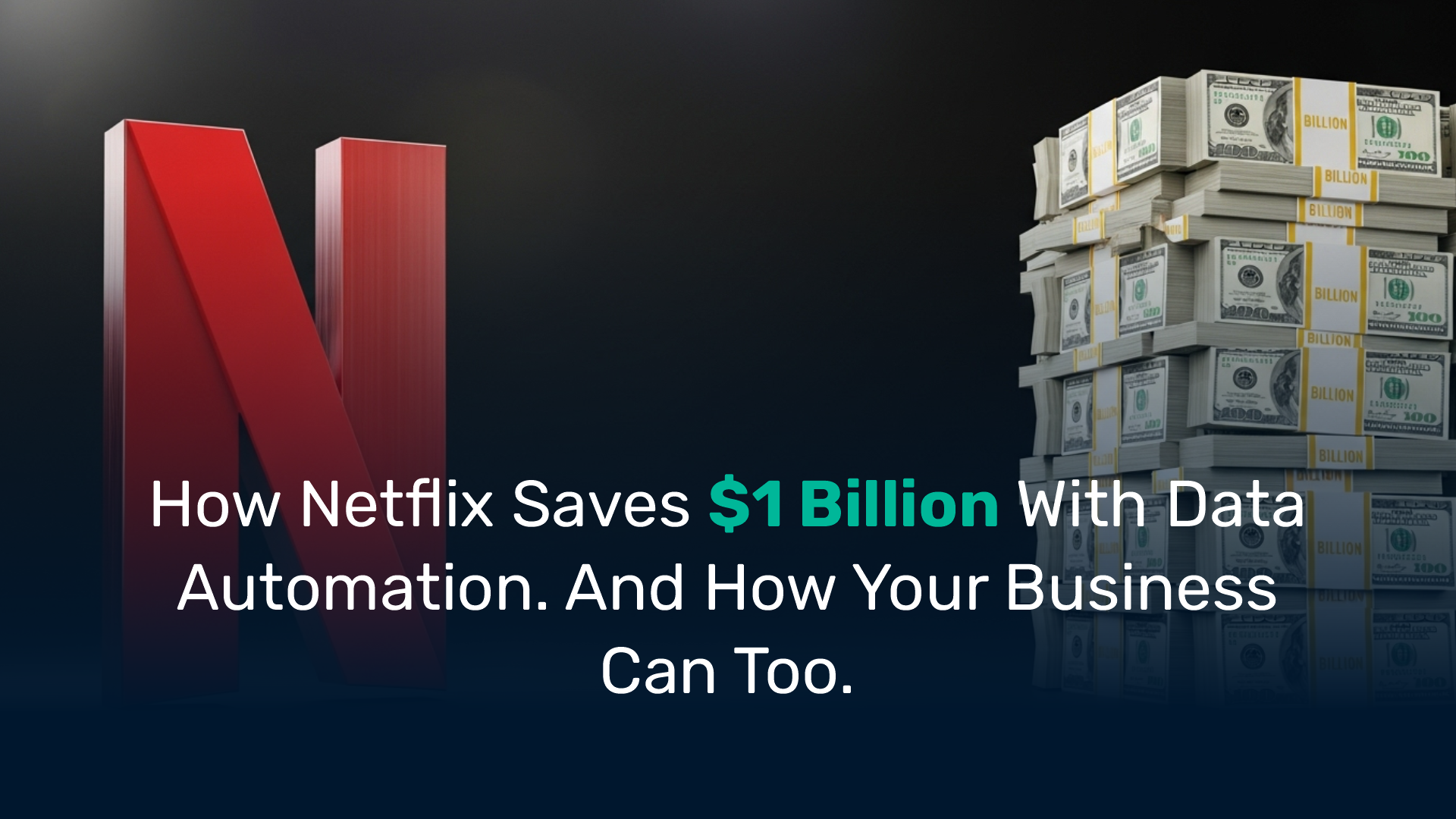The Challenge: Data Overload and Flat Sales
ZarieHub is a fictional mid-size fashion retailer with dozens of stores and an online presence. Despite having tons of sales and customer data, its revenue growth had plateaued. Managers were relying on spreadsheets and siloed reports. Everyone knew the data was there – they just couldn’t turn it into actionable answers. By early 2024, leadership realized that guesswork wasn’t enough. They needed insight, not more numbers.
The BI Strategy: Turning Data into Decisions
ZarieHub teamed up with GVOC to build a focused BI strategy. The goal was to use business intelligence in retail to empower each department with clear insights. We defined key questions: what products were underperforming, which customers were most loyal, and whether any stores were frequently out of stock on top items. To answer these, ZarieHub’s sales, inventory, and online analytics data were brought into one dashboard, creating a single source of truth. With dashboards in hand, managers could filter and drill down by region, product, or customer segment with a click.
In practice, ZarieHub’s BI delivered exactly the kind of insights experts say retail businesses need. Nimble Way reports that BI helps retailers identify customer buying patterns, forecast demand, optimize pricing, improve inventory management, and personalize marketing campaigns. ZarieHub’s team used these capabilities every day. They spotted items that were trending up or down, adjusted prices when competitors launched sales, restocked best-sellers before running out, and sent email offers only to the customers most likely to buy.
Along the way, ZarieHub also leveraged customer intelligence. By analyzing loyalty program data and purchase histories, the team could segment shoppers and tailor campaigns. In practice this meant Marketing delivered promotions to customers who actually wanted them, improving engagement and loyalty.
Implementation: Dashboard-Driven Change
Building the BI system took only a few months. We designed an executive dashboard showing key metrics: total sales, profit margin, top products, and weekly trends. Each store manager had a customized view filtered to their location. The platform was user-friendly, so managers could run reports themselves without waiting on IT. Questions that once took hours – like which region’s sales were lagging or which items were stocking out – became visible at a glance. This changed the conversation: managers and executives discussed data in meetings instead of debating gut feelings.
For example, the dashboard soon revealed a hidden problem: one store was consistently low on stock of a popular jacket. The team noticed the trend and reordered before a cold snap hit. Without BI, that oversight would have meant lost sales. In another case, BI reports showed that customers using ZarieHub’s mobile app spent about 15% more on average. Marketing used that insight to promote the app more aggressively, which in turn raised conversion. Small improvements like this all added up. In fact, industry analysts note that BI can boost retailers’ “sales per visit” by aligning offers with customer needs and market trends. ZarieHub saw that in action: by meeting customer demand more precisely, each shopper’s average spend increased.
Results: Data-Driven Double-Digit Growth
In just 10 months after launching BI, ZarieHub’s revenue had jumped 27% – putting them firmly in double-digit growth territory. Gross margins improved too, since the team knew which items could sell at full price and avoided unnecessary discounts. Inventory turnover increased as stock availability became more balanced – there were fewer empty shelves and less cash tied up in unsold inventory. In short, the BI program paid for itself many times over.
These improvements weren’t just theoretical. Store managers felt more confident with data they could trust, and weekly strategy meetings grew shorter – decisions were based on facts, not gut feelings. Customers noticed better availability of the products they wanted and received more relevant offers. For leadership, the BI investment clearly paid off: the 27% sales lift was proof that data-driven management worked.
Lessons for Retailers
ZarieHub’s story highlights a simple lesson: data without insight is just noise. Surveys show 90% of enterprises now say data and analytics are crucial to key business decisions. ZarieHub took that to heart and turned its data into clear signals. Key to their success was aligning BI with real business questions and focusing on metrics that mattered most. ZarieHub started with clear goals – understanding top-selling items, avoiding stockouts, and improving targeted marketing – and built their dashboards around those priorities.
Other retailers can learn from this approach. Start with your own data and define a few high-priority questions. Build easy dashboards to monitor those key metrics. Involve the right teams (from store managers to finance) so everyone has ownership of the data. Over time, small data-driven changes compound: better pricing decisions, more effective promotions, and fewer lost sales all add up to significant gains.
GVOC also emphasizes the power of customer intelligence alongside BI. In ZarieHub’s case, combining loyalty data with BI helped the team identify which customer segments were most profitable and how best to engage them. This synergy meant even higher engagement from the retailer’s best customers.
In conclusion, ZarieHub’s journey shows that a mid-size retailer can move from data to dollars by making BI part of its routine. If you have sales, inventory, or customer data, start asking the right questions and use BI to answer them. With the right tools and mindset, the path to double-digit growth is clear. From data to dollars: ZarieHub did it, and any retailer can too – business intelligence in retail can convert data into profit.













.svg)


%5B1%5D.png)


%202.jpg)
.svg)

.svg)





